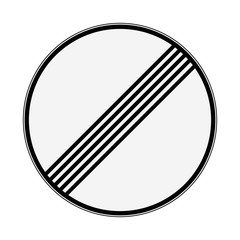Rockthesmurf
Advanced Member
There are reasons for both systems, lots of imperial is meant to be simple, so an inch is about the length from your thumb joint to the end of your thumb, a foot being around the length of a human foot. Having 12 inches in a foot is useful for the same reason as having 60 minutes in an hour: it is highly divisible without a remainder (1, 2, 3, 4, 6, all go into 12 a whole number of times) which is useful for when you need to describe a 12th, or a 6th, or a quarter, or a third, or half of a foot (vs if you have a 'nice whole' cm length, and you want a third of it, you then have 3.333333cm). It makes describing things using fractions a lot easier on the whole. If instead the clock didn't go 0 -> 12 and went 0 -> 10, when it is quarter past the hour, the clock hand would be half way between 2 and 3.
Of course the decimal system has lots of benefits, and has been adopted by a lot of the world, and having the same units everywhere of course has its merits, but, if you didn't already know, it is worth knowing that the old system has got it's own merits. It also helps explain why some people prefer it. There is also the fact lots of things have been standardized on imperial units, so perhaps door sizes for interior doors may typically be 24”, 28”, 30”, 32” and 36”, so if you builder who buys and fits a lot of doors, these numbers of quite some meaning, and they don't particularly want to switch to 60.96cm, 71.12cm, 76.2cm, 81.28cm and 91.44cm etc.
People can adapt, sizes can be updated, the world can keep spinning, but at the same time, for a lot of people, they are happy for things to keep running how they are.
Of course the decimal system has lots of benefits, and has been adopted by a lot of the world, and having the same units everywhere of course has its merits, but, if you didn't already know, it is worth knowing that the old system has got it's own merits. It also helps explain why some people prefer it. There is also the fact lots of things have been standardized on imperial units, so perhaps door sizes for interior doors may typically be 24”, 28”, 30”, 32” and 36”, so if you builder who buys and fits a lot of doors, these numbers of quite some meaning, and they don't particularly want to switch to 60.96cm, 71.12cm, 76.2cm, 81.28cm and 91.44cm etc.
People can adapt, sizes can be updated, the world can keep spinning, but at the same time, for a lot of people, they are happy for things to keep running how they are.


